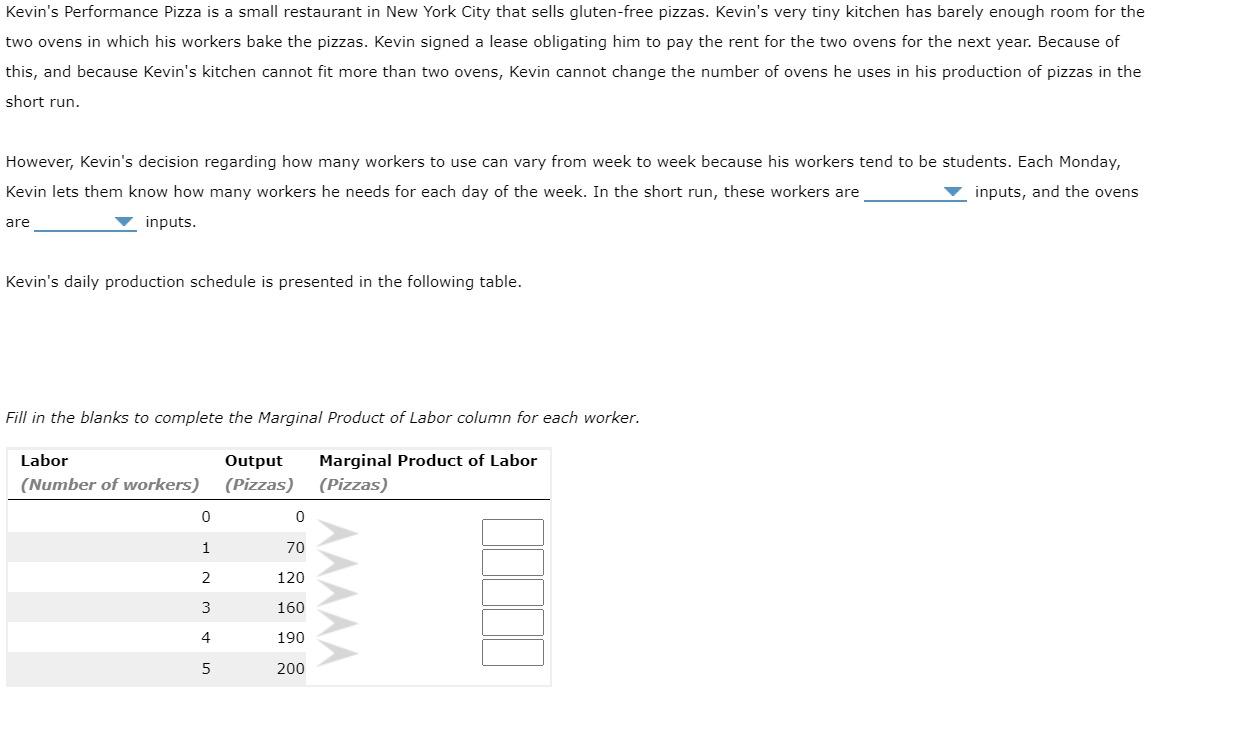
Question 2



1. Definition of economic costs Carlos lives in San Francisco and runs a business that sells boats. In an average year, he receives $704,000 from selling boats. Of this sales revenue, he must pay the manufacturer a wholesale cost of $404,000; he also pays wages and utility bills totaling $286,000. He owns his showroom; if he chooses to rent it out, he will receive $3,000 in rent per year. Assume that the value of this showroom does not depreciate over the year. Also, if Carlos does not operate this boat business, he can work as an accountant, receive an annual salary of $20,000 with no additional monetary costs, and rent out his showroom at the $3,000 per year rate. No other costs are incurred in running this boat business. Identify each of Carlos's costs in the following table as either an implicit cost or an explicit cost of selling boats. Implicit Cost Explicit Cost The rental income Carlos could receive if he chose to rent out his showroom The salary Carlos could earn if he worked as an accountant ooo Oo oo The wages and utility bills that Carlos pays The wholesale cost for the boats that Carlos pays the manufacturer Complete the following table by determining Carlos's accounting and economic profit of his boat business. Profit (Dollars) Accounting Profit Economic Profit Kevin's Performance Pizza is a small restaurant in New York City that sells gluten-free pizzas. Kevin's very tiny kitchen has barely enough room for the two ovens in which his workers bake the pizzas. Kevin signed a lease obligating him to pay the rent for the two ovens for the next year. Because of this, and because Kevin's kitchen cannot fit more than two ovens, Kevin cannot change the number of ovens he uses in his production of pizzas in the short run. However, Kevin's decision regarding how many workers to use can vary from week to week because his workers tend to be students. Each Monday, Kevin lets them know how many workers he needs for each day of the week. In the short run, these workers are inputs, and the ovens are inputs. Kevin's daily production schedule is presented in the following table. Fill in the blanks to complete the Marginal Product of Labor column for each worker. Labor (Number of workers) Output (Pizzas) Marginal Product of Labor (Pizzas) 0 0 1 70 2 120 3 160 4 190 5 200 On the following graph, plot Kevin's production function using the green points (triangle symbol). Note: Plot your points in the order in which you would like them connected. Line segments will connect the points automatically. Hint: Be sure to plot the first point at (0, 0). ? 200 A 180 Production Function 160 140 120 QUANTITY OF OUTPUT (Pizzas) 100 80 60 40 20 0 0 1 4 5 2 LABOR (Number of workers) Suppose that labor is Kevin's only variable cost and that he has a fixed cost of $10 per day and pays each of his workers $50 per day. Use the orange points (square symbol) to plot Kevin's total cost curve on the following graph using the quantities from the preceding table. 280 260 240 Total Cost 220 200 180 160 TOTAL COST (Dollars) 140 120 100 80 60 40 20 0 0 20 180 200 40 60 80 100 120 140 160 QUANTITY OF OUTPUT (Pizzas)










